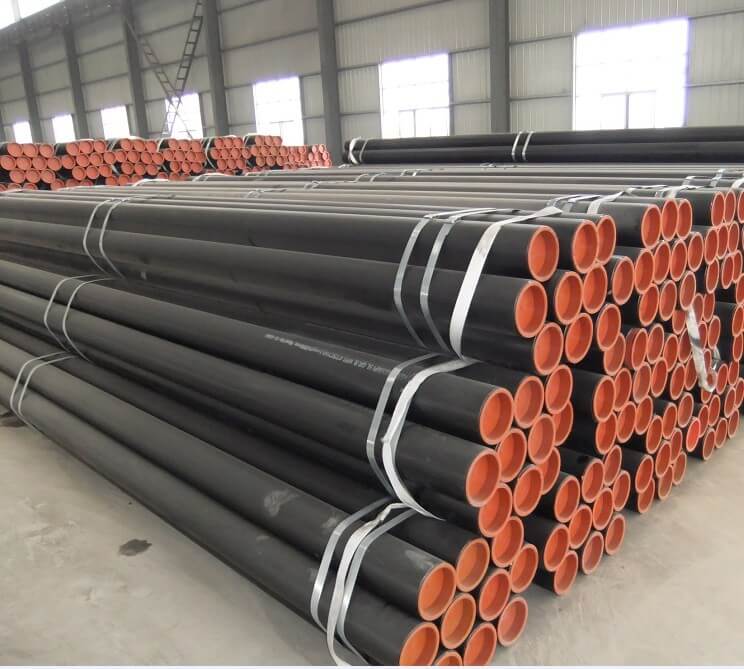-
Cangzhou Yulong Steel Co., Ltd.
-
Phone:
+86 13303177267 -
Email:
admin@ylsteelfittings.com
- English
- Arabic
- Italian
- Spanish
- Portuguese
- German
- kazakh
- Persian
- Greek
- French
- Russian
- Polish
- Thai
- Indonesian
- Vietnamese
- Zulu
- Korean
- Uzbek
- Hindi
- Serbian
- Malay
- Ukrainian
- Gujarati
- Haitian Creole
- hausa
- hawaiian
- Hebrew
- Miao
- Hungarian
- Icelandic
- igbo
- irish
- Japanese
- Javanese
- Kannada
- Khmer
- Rwandese
- Afrikaans
- Albanian
- Amharic
- Armenian
- Azerbaijani
- Basque
- Belarusian
- Bengali
- Bosnian
- Bulgarian
- Catalan
- Cebuano
- China
- China (Taiwan)
- Corsican
- Croatian
- Czech
- Danish
- Esperanto
- Estonian
- Finnish
- Frisian
- Galician
- Georgian
- Kurdish
- Kyrgyz
- Lao
- Latin
- Latvian
- Lithuanian
- Luxembourgish
- Macedonian
- Malgashi
- Malayalam
- Maltese
- Maori
- Marathi
- Mongolian
- Myanmar
- Nepali
- Norwegian
- Norwegian
- Occitan
- Pashto
- Dutch
- Punjabi
- Romanian
- Samoan
- Scottish Gaelic
- Sesotho
- Shona
- Sindhi
- Sinhala
- Slovak
- Slovenian
- Somali
- Sundanese
- Swahili
- Swedish
- Tagalog
- Tajik
- Tamil
- Tatar
- Telugu
- Turkish
- Turkmen
- Urdu
- Uighur
- Welsh
- Bantu
- Yiddish
- Yoruba

Dec . 19, 2024 02:44 Back to list
Different Types of Flange Couplings and Their Applications in Engineering
Understanding Flange Coupling Types
Flange couplings are essential components in mechanical engineering that play a critical role in connecting two shafts together in various machines and equipment. They provide a means for transmitting torque, allowing for an efficient transfer of power from one shaft to another. With several types of flange couplings available, it’s essential to understand their designs, applications, and selection criteria.
What is a Flange Coupling?
A flange coupling consists of two flanges that are attached to the ends of two shafts. These flanges are bolted together to ensure a secure connection. This design permits easy assembly and disassembly, which is beneficial for maintenance and repair. Flange couplings can accommodate misalignment between shafts, making them suitable for various applications.
Types of Flange Couplings
1. Rigid Flange Couplings Rigid flange couplings are the most straightforward design, consisting of two flanges bolted together without any flexibility. These couplings are ideal for situations where precise alignment between the shafts is maintained. They are commonly used in applications that demand high torque transmission, such as in compressors and pumps. However, the absence of flexibility makes them unsuitable for applications involving significant misalignment.
2. Flexible Flange Couplings Flexible flange couplings are designed to accommodate some degree of misalignment between connected shafts. They typically include an elastomeric element or a flexible material that absorbs shock and vibration. These couplings are advantageous in applications where dynamic loads or misalignment may occur, like in motor drives or industrial machinery. The flexibility helps prolong the life of both the coupling and the connected machinery.
3. Disc Flange Couplings Disc couplings utilize thin steel or composite discs that allow for some angular and axial misalignment. The discs provide a high degree of elasticity and can transmit high torque while minimizing backlash. They are particularly useful in high-speed applications, such as turbine drives or high-performance engines. Disc couplings are resistant to wear and require minimal maintenance, making them a popular choice in various industries.
4. Grid Couplings Grid couplings consist of two flanges connected by a grid of spring-loaded elements that allow for flexibility and shock absorption. They can accommodate angular, parallel, and axial misalignment, making them suitable for applications where movement or misalignment is inevitable, such as in heavy machinery. The grid design allows for the transfer of high torque while providing excellent durability and reliability.
5. Oldham Couplings Oldham couplings are specifically designed to handle parallel misalignments. They feature three sections two flanges connected by a central disc that can slide, permitting lateral movement. Such couplings are widely used in servo motors and applications involving significant shaft movement. Oldham couplings provide a compact design that is easy to install and disassemble.
flange coupling types

6. Sleeve Couplings Sleeve couplings consist of a cylindrical component that connects two shafts, typically aligning on the same axis. This type of coupling does not offer any form of misalignment accommodation, making it suitable only for applications that maintain near-perfect alignment. Sleeve couplings are commonly used in lighter machinery and applications where misalignment is not a concern.
Selecting the Right Flange Coupling
When selecting the appropriate flange coupling for a specific application, several factors should be considered
- Torque Requirements Understand the torque that will be transmitted through the coupling, as this will influence the type of coupling you choose
.- Alignment Considerations Evaluate how much misalignment is expected in the application. Choose flexible couplings if alignment issues are anticipated.
- Speed Consider the rotational speed of the shafts. High-speed applications may require specific types of couplings like disc couplings.
- Environmental Conditions Assess the operating environment, including temperature, moisture, and exposure to chemicals, as these factors will affect material selection.
- Maintenance Needs Consider the maintenance implications. Some couplings require more frequent attention, while others are designed for minimal upkeep.
Conclusion
Flange couplings are vital components in machinery that ensure efficient power transmission and mechanical integrity. With various types available—each offering unique benefits and drawbacks—selecting the right coupling is essential for optimizing operational efficiency and longevity of the equipment. Whether for high-speed applications, substantial misalignment, or standard operations, understanding the different flange coupling types will facilitate informed decision-making in engineering and design.
Latest news
-
ANSI 150P SS304 SO FLANGE
NewsFeb.14,2025
-
ASTM A333GR6 STEEL PIPE
NewsJan.20,2025
-
ANSI B16.5 WELDING NECK FLANGE
NewsJan.15,2026
-
ANSI B16.5 SLIP-ON FLANGE
NewsApr.19,2024
-
SABS 1123 FLANGE
NewsJan.15,2025
-
DIN86044 PLATE FLANGE
NewsApr.19,2024
-
DIN2527 BLIND FLANGE
NewsApr.12,2024
-
JIS B2311 Butt-Welding Fittings LR/SR 45°/90° /180°Seamless/Weld
NewsApr.23,2024











